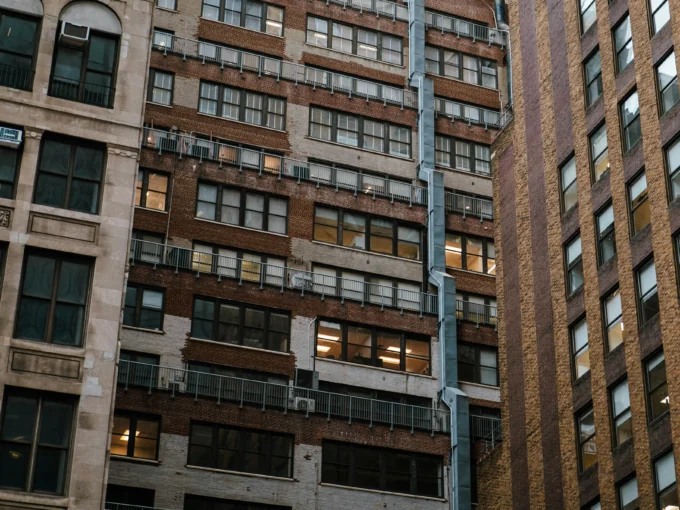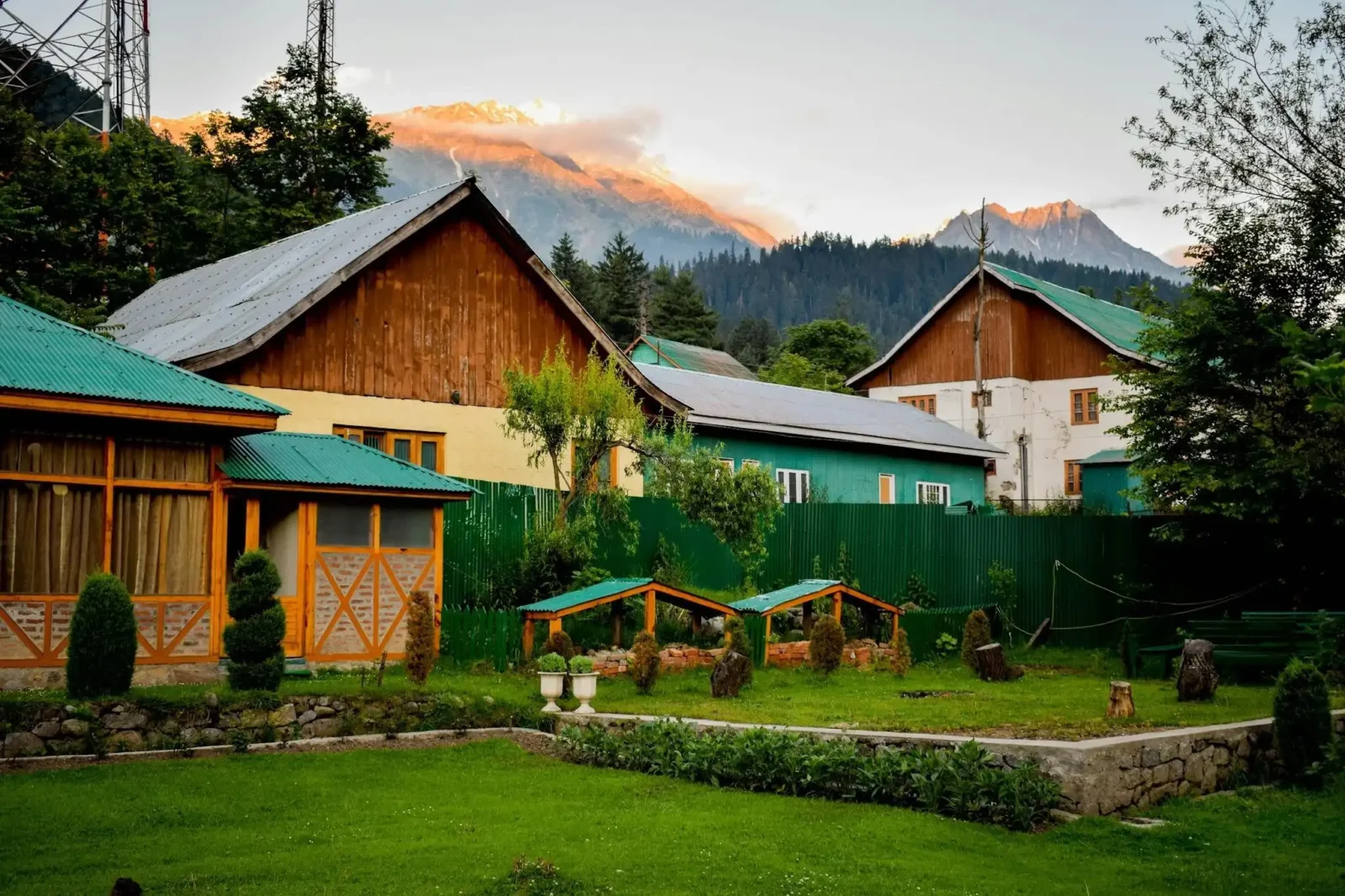- Home
- Articles
- Architectural Portfolio
- Architectral Presentation
- Inspirational Stories
- Architecture News
- Visualization
- BIM Industry
- Facade Design
- Parametric Design
- Career
- Landscape Architecture
- Construction
- Artificial Intelligence
- Sketching
- Design Softwares
- Diagrams
- Writing
- Architectural Tips
- Sustainability
- Courses
- Concept
- Technology
- History & Heritage
- Future of Architecture
- Guides & How-To
- Projects
- Interior Design
- Competitions
- Jobs
- Store
- Tools
- More
- Home
- Articles
- Architectural Portfolio
- Architectral Presentation
- Inspirational Stories
- Architecture News
- Visualization
- BIM Industry
- Facade Design
- Parametric Design
- Career
- Landscape Architecture
- Construction
- Artificial Intelligence
- Sketching
- Design Softwares
- Diagrams
- Writing
- Architectural Tips
- Sustainability
- Courses
- Concept
- Technology
- History & Heritage
- Future of Architecture
- Guides & How-To
- Projects
- Interior Design
- Competitions
- Jobs
- Store
- Tools
- More
Essential Tips for Effective Plant Selection in Garden Design
Unlock the secrets to stunning garden design with our comprehensive guide on plant selection. Learn how climate, soil type, and maintenance needs influence your choices for a vibrant, sustainable outdoor space. Discover tips for incorporating native plants, seasonal interest, and complementing textures and colors to create a garden that captivates year-round.

When it comes to garden design, plant selection can make or break our outdoor space. Choosing the right plants not only enhances the visual appeal but also ensures the garden thrives in its environment. With so many options available, it’s easy to feel overwhelmed. However, understanding the basics of plant selection can lead us to create a harmonious and sustainable garden.
We’ll explore key factors to consider, such as climate, soil type, and maintenance needs. By aligning our choices with these elements, we can cultivate a garden that reflects our style while flourishing for years to come. Let’s dive into the art of selecting plants that will elevate our garden design to new heights.

Table of Contents
ToggleImportance Of Plant Selection In Garden Design

Plant selection plays a crucial role in garden design, impacting aesthetics and functionality. Choosing the right plants enhances visual appeal and promotes sustainability, contributing to the overall success of any garden space.
Consider climate as a primary factor for plant selection. Selecting plants adapted to our local climate ensures their resilience and growth. For example, drought-resistant plants thrive in arid regions, while native species in temperate zones require less maintenance.
Assess soil type to achieve the best results. Different plants require varying soil compositions for optimal growth. We can check soil pH and drainage properties to match them with specific plant needs. For instance, heavy clay suits moisture-loving plants, while sandy soil benefits drought-tolerant species.
Evaluate maintenance needs to simplify care. Selecting low-maintenance plants reduces ongoing commitment and enhances enjoyment. For example, perennials often require less attention than annuals, allowing us to focus on other garden tasks.
Factor in seasonal interest to maintain visual appeal throughout the year. Choosing a mix of plants with staggered blooming periods ensures the garden remains vibrant across all seasons. Spring bulbs produce early color, while late-blooming perennials provide fall interest.
Consider the garden’s intended purpose, whether for relaxation, entertainment, or food production. Aligning plant selection with our goals enhances the garden’s usability and enjoyment. For example, including fragrant herbs near seating areas creates an inviting atmosphere.
Incorporate principles of design, such as color schemes and textures, to create a cohesive look. Complementary colors drawn from a range of plants enhance visual harmony and create focal points throughout the garden.
Utilizing these considerations in plant selection leads to a harmonious garden that reflects our style and thrives in the landscape.
Factors To Consider In Plant Selection
Selecting the right plants requires careful consideration of multiple factors. We focus on climate zones, soil types, and sunlight exposure to guide our choices effectively.

Climate Zones
Climate zones significantly influence plant growth. We’re aware that selecting plants adapted to our local climate ensures their success and longevity. For instance, USDA Plant Hardiness Zones categorize regions based on temperature extremes, helping us determine which plants can thrive in our area. Choosing native plants often provides an advantage, as these species have evolved to survive local weather conditions and pests.
Soil Types
Soil types play a critical role in the health of our plants. Different plants require specific soil compositions for optimal growth. We need to assess the soil texture—sandy, clay, loamy, or silty—to match the needs of our selected plants. Additionally, testing soil pH can provide insights into nutrient availability. Amending the soil with organic matter can improve its structure and fertility, promoting plant vigor.
Sunlight Exposure
Sunlight exposure determines a plant’s growth potential. We categorize our garden areas into full sun, partial shade, and full shade to make informed decisions about plant placement. For instance, sun-loving plants, like lavender and echinacea, flourish in bright sunlight, while shade-tolerant species, like hostas and ferns, thrive in dim conditions. By assessing how much light each area receives throughout the day, we ensure that our plants receive the appropriate light, enhancing overall garden health.
Types Of Plants For Garden Design
Choosing the right types of plants enhances our garden design, making it visually appealing and sustainable. Here’s a breakdown of different plant categories to consider.

Annuals
Annuals are plants that complete their life cycle in one growing season. We can use annuals to provide vibrant color and immediate impact in our gardens. Popular choices include marigolds, petunias, and zinnias. These plants thrive in full sun and come in a variety of hues. They allow us to change our garden’s look each season since they can be replanted yearly.
Perennials
Perennials last for multiple growing seasons, establishing roots that grow stronger each year. We can rely on perennials for consistent blooms and foliage, which provides stability in our garden designs. Examples include coneflowers, daylilies, and hostas. Perennials often require less maintenance once established and can be selected to bloom at different times to ensure continuous interest.
Shrubs And Trees
Shrubs and trees add structure and height to our gardens. They create background layers and define spaces, contributing to our garden’s overall design. Common shrubs include boxwood and hydrangea, while trees like oak, maple, and dogwood provide shade and focal points. Selecting native species can improve biodiversity and enhance the ecosystem, allowing us to create a harmonious outdoor space.
Tips For Successful Plant Selection
Successful plant selection hinges on a few essential strategies that ensure our gardens thrive sustainably while capturing our desired aesthetics.

Choosing Native Plants
Choosing native plants provides multiple benefits for our gardens. Native plants, adapted to local climates and soils, require less water and maintenance compared to non-native species. They establish deeper root systems, which improve soil health and resilience against pests and diseases. For example, in the Midwest, prairie grasses like little bluestem and wildflowers such as coneflower attract pollinators while thriving in typical environmental conditions. Incorporating native plants increases biodiversity, supports local wildlife, and enhances our garden’s natural beauty.
Complementary Plant Pairings
Complementary plant pairings enhance both visual appeal and plant health in our gardens. Selecting plants with similar sunlight and moisture requirements simplifies maintenance. For instance, pairing lavender, which thrives in full sun, with drought-tolerant herbs like thyme creates a harmonious and low-maintenance arrangement. Additionally, contrasting textures and colors fosters visual interest; consider mixing the delicate fronds of ferns with the bold foliage of hostas. Incorporating plants that bloom at different times allows for year-round color and creates a dynamic, ever-changing landscape, ensuring our garden remains engaging throughout the seasons.
Conclusion
Plant selection plays a crucial role in successful garden design. By aligning our plant choices with factors like climate, soil type, and maintenance needs, we create vibrant and sustainable outdoor spaces. Prioritizing plants that thrive in local conditions ensures that our gardens remain healthy and resilient.
Understanding our specific climate zone aids in selecting appropriate plants. We can reference the USDA Plant Hardiness Zones to identify species that can flourish in our area, with native plants often providing the best results in terms of growth and support for local ecosystems.
Soil type must not be overlooked; assessing soil texture and pH helps us choose plants that can effectively establish roots. Sunlight exposure is another critical factor, as proper placement in full sun, partial shade, or full shade enhances plant performance.
Incorporating a mix of plant types—annuals, perennials, shrubs, and trees—adds depth and structure to our garden designs. Each type serves a purpose, from the immediate color of annuals to the long-term beauty of perennials and the height provided by shrubs and trees.
Lastly, embracing native plants and complementary pairings simplifies maintenance while promoting biodiversity. By thoughtfully mixing textures and colors, we can create dynamic gardens that provide seasonal interest, ensuring our outdoor spaces remain captivating throughout the year.
- best plants for garden design
- choosing plants for garden
- designing a garden with plants
- effective garden design
- effective planting strategies
- essential garden plants
- garden design advice
- garden design and plant selection
- garden design ideas
- Garden Design Tips
- garden planner plant selection
- garden plant selection
- how to select plants for garden
- landscape plant selection
- plant choices for garden design
- plant selection for landscaping
- plant selection guide
- plant selection tips
- plants for garden planning
- recommended plants for garden design
Submit your architectural projects
Follow these steps for submission your project. Submission FormLatest Posts
What You Really Need to Create a Beautiful Yard
A beautiful yard is more than just an outdoor space, it’s a...
How to Choose the Right LED Grow Light for Your Indoor Garden
For indoor growers, it can be the difference between healthy, vibrant plants...
Essential Winter Garden Design Tips for a Beautiful Outdoor Space All Season Long
Discover expert tips for designing a stunning winter garden that thrives in...
Transform Your Outdoor Space: The Use of Water in Backyard Decoration
Transform your backyard into a serene retreat with the enchanting addition of...












Leave a comment